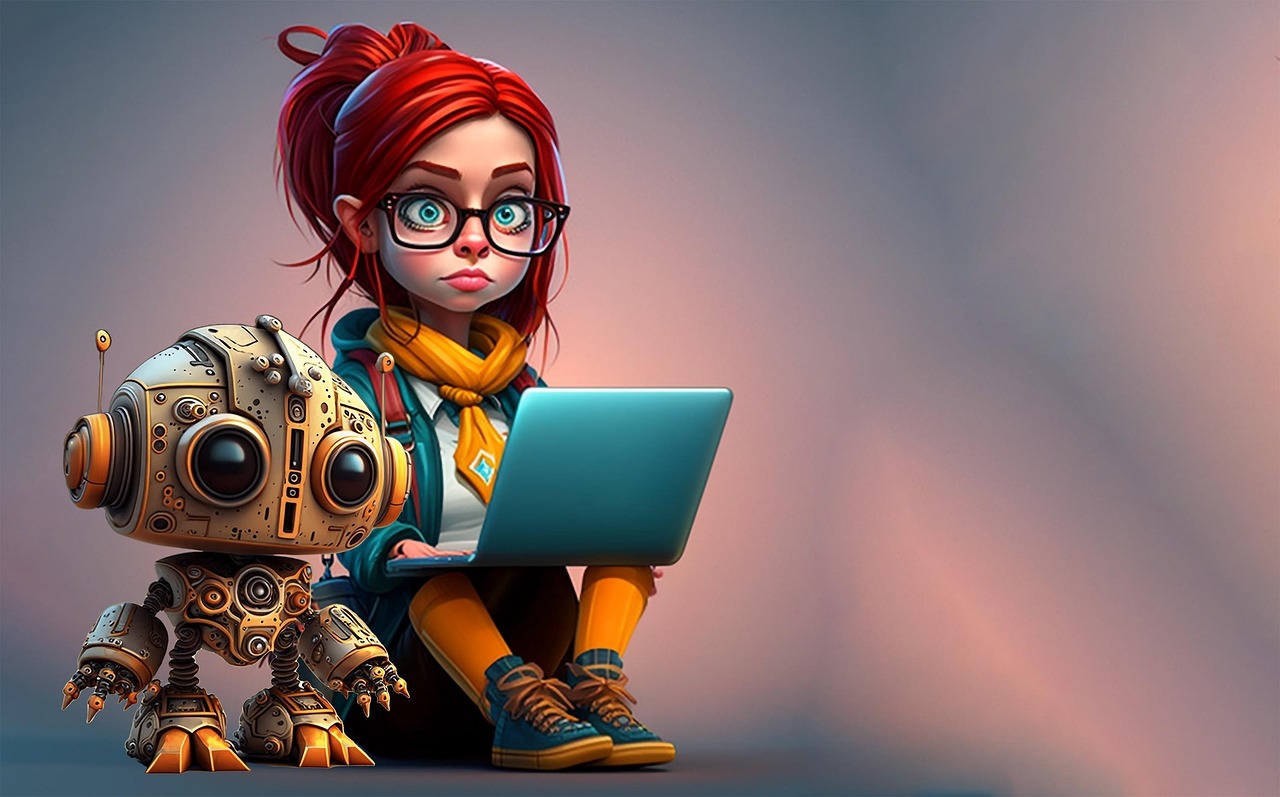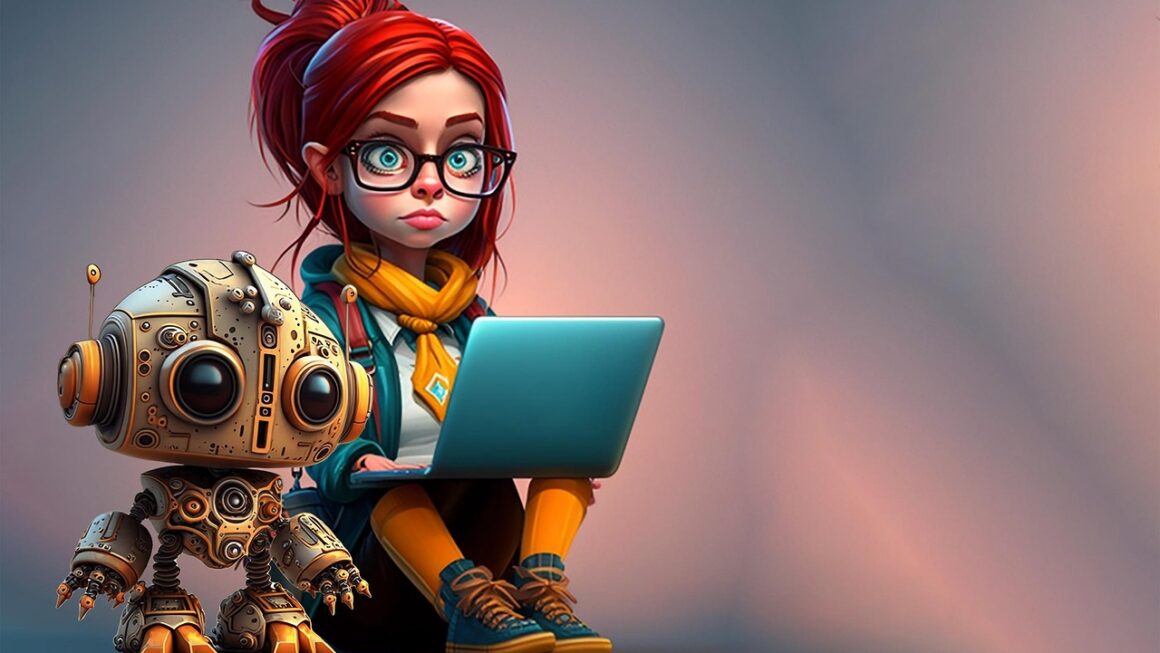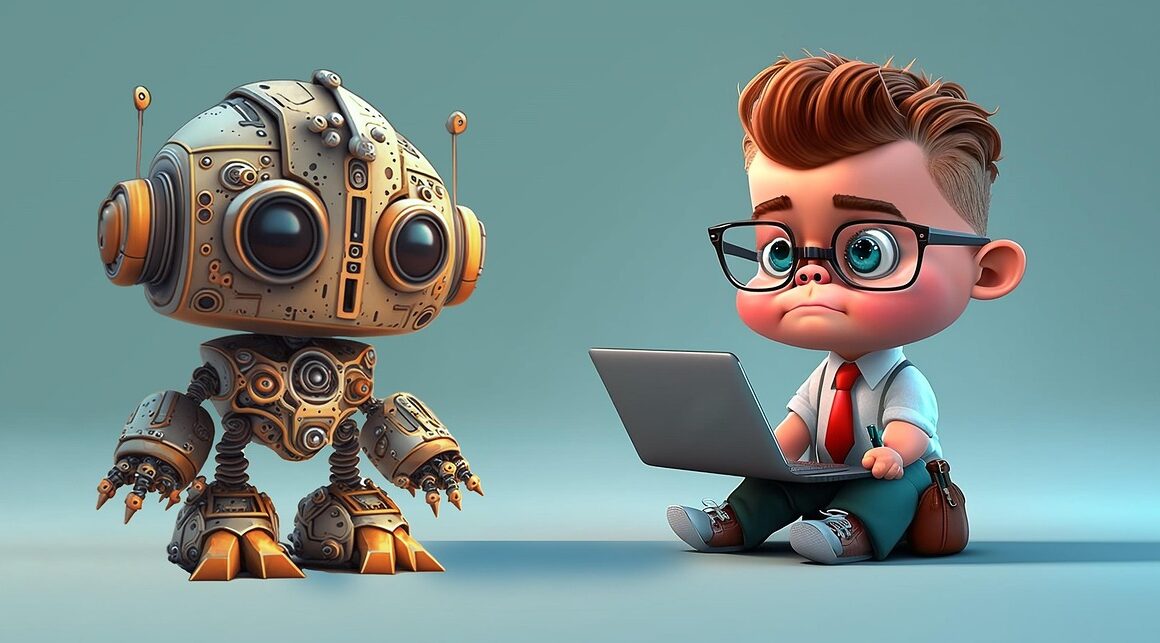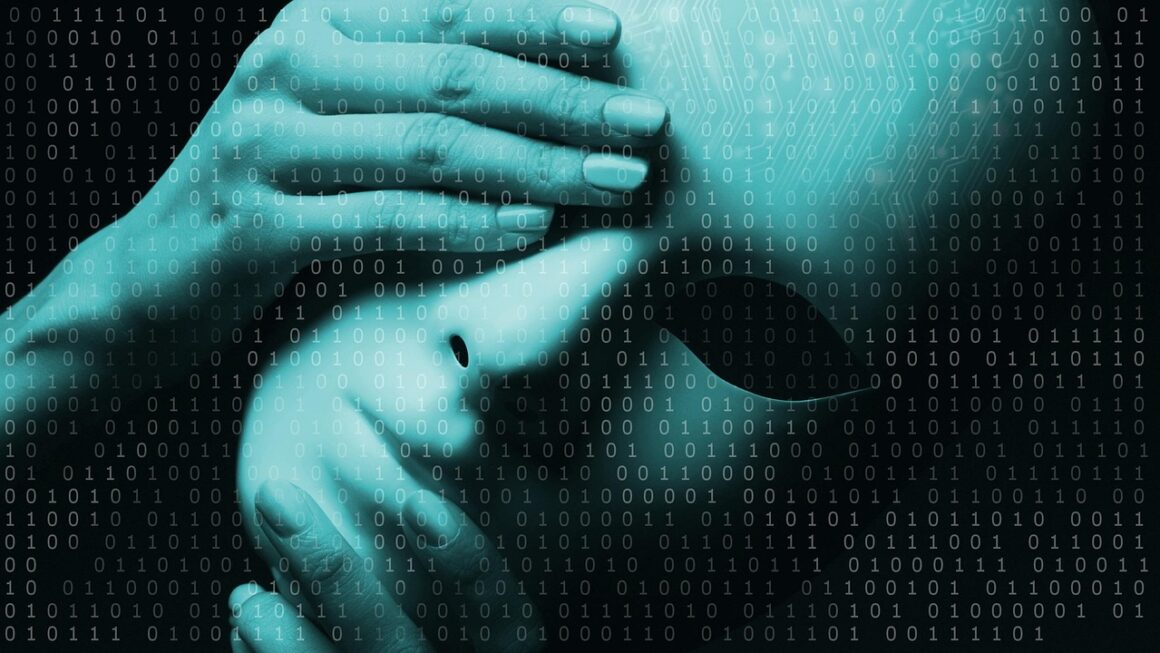The intersection of artificial intelligence and creativity is no longer a futuristic fantasy but a tangible reality reshaping industries from art and music to marketing and design. AI tools are evolving beyond simple automation, becoming collaborators, inspiration generators, and powerful instruments in the hands of human creators. This article explores how AI is revolutionizing the creative landscape, providing practical examples and insights into leveraging this technology to unlock new levels of innovation and expression.
AI as a Creative Partner: Augmenting Human Capabilities
Understanding AI’s Role in Creativity
AI’s role in creativity isn’t about replacing human artists but rather augmenting their abilities. Think of it as a powerful set of tools that can assist with various aspects of the creative process, freeing up artists to focus on higher-level concepts and emotional expression. AI can handle tedious tasks, generate initial ideas, and even offer unique perspectives that might otherwise be overlooked.
Benefits of Using AI in Creative Processes
- Idea Generation: AI algorithms can analyze vast datasets to identify patterns and trends, sparking new ideas and directions for creative projects. For example, AI can analyze thousands of musical compositions to suggest novel melodic variations.
- Efficiency and Speed: Automating repetitive tasks, such as generating variations of a design or creating multiple versions of a marketing copy, significantly reduces production time. This allows creators to focus on refining and perfecting their work.
- Overcoming Creative Blocks: When facing a creative block, AI can provide fresh perspectives and unexpected solutions. Tools that generate random words, images, or musical phrases can help break through mental barriers.
- Accessibility: AI democratizes access to creative tools, enabling individuals with limited technical skills to create sophisticated and engaging content. Drag-and-drop AI design tools are a prime example.
Examples of AI in Creative Fields
- Music: AI tools like Amper Music and Jukebox can generate original music in various styles, allowing musicians to experiment and create compositions they might not have conceived otherwise.
- Art: AI image generators like DALL-E 2 and Midjourney can create stunning visuals from text prompts, empowering artists to realize their visions in unprecedented ways. An artist could type “a cat sitting on a throne made of cheese in the style of Van Gogh” and the AI will generate an image matching that description.
- Writing: AI writing assistants like Jasper and Copy.ai can help writers overcome writer’s block, generate content ideas, and refine their writing style. They can also be used for creating different versions of marketing copy to A/B test which one performs better.
- Design: AI-powered design platforms like Canva’s Magic Design use AI to suggest design elements and layouts based on user input, streamlining the design process for both professionals and amateurs.
AI Tools for Creative Content Creation
Image and Video Generation
AI image generators are rapidly evolving, capable of producing photorealistic images, stylized artwork, and even abstract creations from text descriptions. Video generation is following closely behind, allowing users to create short videos and animations with minimal effort.
- DALL-E 2: Creates realistic images and art from descriptions in natural language. Users can even edit existing images with DALL-E 2 by adding or removing elements.
- Midjourney: Focuses on creating artistic and surreal imagery. It’s particularly popular within the digital art community.
- Runway ML: Offers a suite of AI tools for video editing, motion tracking, and style transfer.
Music Composition and Production
AI music composition tools are democratizing music creation, allowing anyone to generate original music without requiring formal training. These tools can also assist experienced musicians in exploring new musical ideas and streamlining the production process.
- Amper Music: Generates original music for various purposes, including advertising, video games, and social media content.
- Jukebox (OpenAI): Creates music with lyrics in various styles, from pop to classical.
- LANDR: Offers AI-powered mastering services to enhance the quality of audio recordings.
Text Generation and Enhancement
AI writing assistants are transforming the way we create written content, helping writers overcome writer’s block, improve their writing style, and generate different types of content efficiently.
- Jasper: An AI-powered writing assistant that can generate blog posts, marketing copy, and social media content.
- Copy.ai: Focuses on creating high-converting marketing copy for various platforms.
- Grammarly: Uses AI to identify and correct grammatical errors, improve sentence structure, and enhance overall writing quality.
Ethical Considerations and Challenges
Copyright and Ownership
One of the major ethical challenges surrounding AI-generated content is the issue of copyright. Who owns the copyright to a piece of art created by AI? Is it the AI developer, the user who provided the prompt, or is the work uncopyrightable? Legal frameworks are still catching up to address these complex questions. Currently, the legal landscape is murky, with various interpretations and court cases exploring these issues.
Bias and Representation
AI algorithms are trained on data, and if that data is biased, the AI will perpetuate those biases in its output. This can lead to biased representations in AI-generated art, music, and text, reinforcing harmful stereotypes. It’s crucial to carefully evaluate the data used to train AI models and implement techniques to mitigate bias. For example, if an AI is trained to generate images of “CEOs” based on existing data that predominantly features white males, it will likely produce biased results. Data augmentation and careful selection of diverse datasets are critical.
Authenticity and Originality
As AI-generated content becomes more sophisticated, questions arise about the authenticity and originality of creative works. Is it still considered art if it’s created by an algorithm? How do we distinguish between human-created and AI-created content? These questions challenge our traditional understanding of creativity and art. The rise of AI art raises questions about the role of human intention and skill in defining artistic merit.
The Future of AI and Creativity
Evolving Role of AI in Creative Industries
AI will continue to play an increasingly significant role in creative industries, transforming the way we create, consume, and interact with art, music, and other forms of creative content. We can expect to see AI tools becoming more sophisticated, intuitive, and integrated into existing creative workflows. The future likely involves a more seamless collaboration between humans and AI, with AI handling routine tasks and humans focusing on the creative vision and emotional expression.
Personalized and Interactive Creative Experiences
AI is enabling the creation of personalized and interactive creative experiences tailored to individual preferences. Imagine a music streaming service that generates personalized playlists based on your mood or an art gallery that curates exhibitions based on your artistic tastes. This level of personalization will transform the way we experience and engage with creative content. AI-powered virtual assistants could curate news articles, select music for a workout, or even generate bedtime stories tailored to a child’s interests.
Empowering New Forms of Creative Expression
AI is opening up new avenues for creative expression, allowing artists to explore uncharted territories and push the boundaries of what’s possible. We can expect to see the emergence of entirely new art forms and creative practices that leverage the unique capabilities of AI. Interactive installations that respond to audience input, AI-generated poetry that evolves over time, and virtual worlds populated by AI-driven characters are just a few examples of the potential.
Conclusion
AI is undeniably transforming the creative landscape, offering powerful tools and opportunities for artists, designers, writers, and musicians. While ethical considerations and challenges remain, the potential for AI to augment human creativity and unlock new forms of expression is immense. By embracing AI as a creative partner and understanding its capabilities and limitations, we can harness its power to innovate, inspire, and create a richer and more vibrant creative world. The key is to view AI not as a replacement for human creativity, but as a powerful tool to amplify it.




